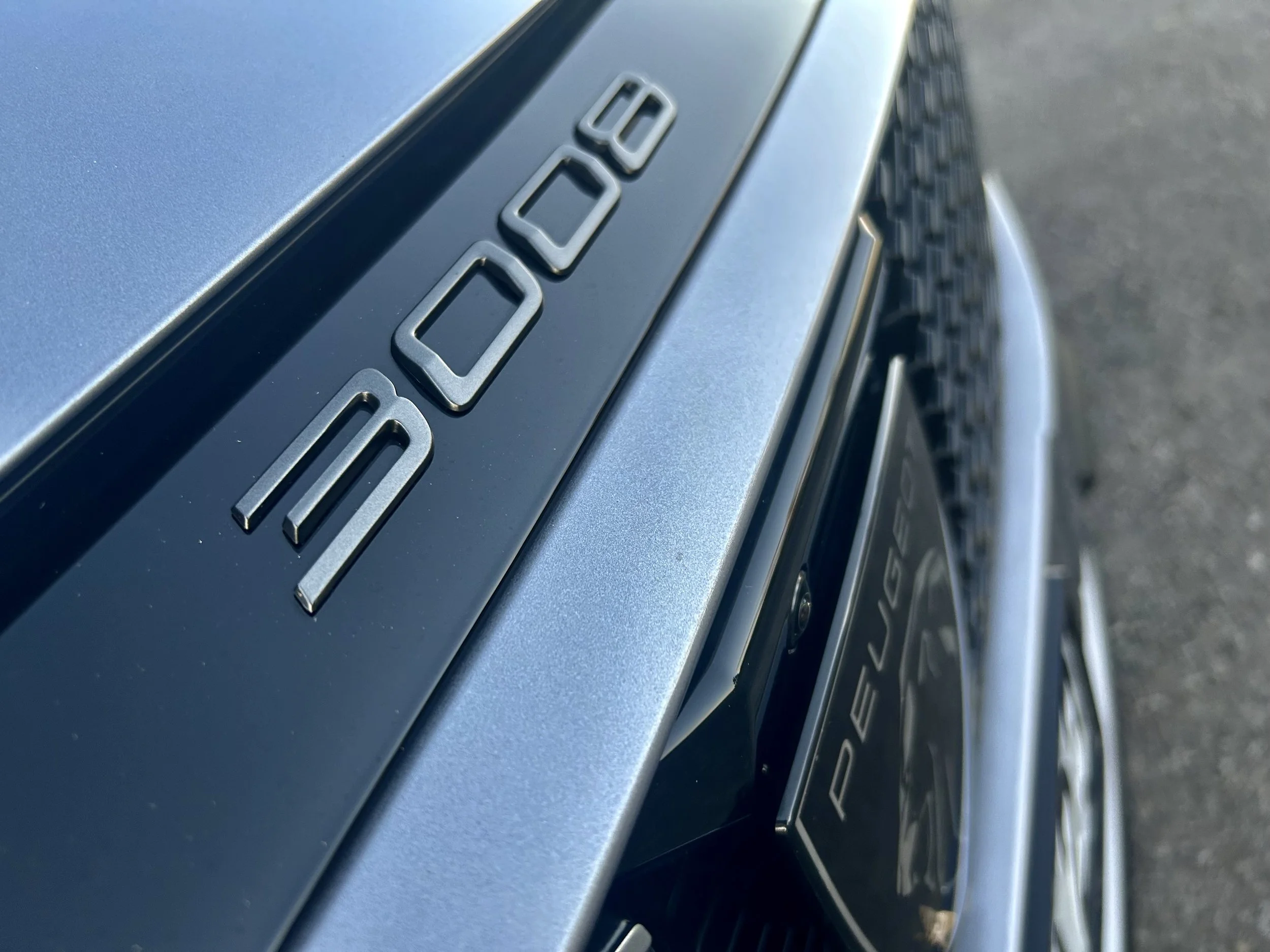Odd numbers coming up evens for Haval?
/The H9 large sports utility could be coming back - and the smaller H7 is a definite starter.
GWM determination to forge a new path with its Tank models still leaves room for New Zealand re-introduction of a Haval that preceded them - plus a smaller sister model.
In addition to confirming that it is keen to consider the latest Haval H9 (top image) that, regardless it takes a different styling route, shares has a lot of commonality with the new GWM Tank 500, the regional office overseeing all Great Wall Motors’ brands sold here has indicated it has signed on the H7 (directly above), a more compact off-road styled model. Introduction is in between April and June.
The H7 would break into the compact SUV sector dominated by the Toyota RAV4 while H9, like Tank 500, aims more at the big lugger end, where the Toyota Land Cruiser Prado tends to be the barometer.
H9 and Tank 500 are different looking peas from the same pod - they take the same ladder frame chassis, are both seven seaters and are likely to acquit to the same degree in their towing and off-roading remits.
However, GWM’s regional boss says that doesn’t mean they couldn’t both be sold here.
Charles Zhao, the Melbourne-located managing director for GWM/Haval, says he can see merit in taking the latest H9, which unveiled at the Beijing motor show in China in April.
The vehicle is being studied at the moment and consideration is positive. However, there’s also potential it might not be ready for this market for a while yet; perhaps not before 2026.
The first-generation H9 sold between 2016 and 2021. GWM then did without a large SUV until it secured the Tank models, which span Toyota Prado-sized 500 and smaller 300 types.
Management for GWM Australia and New Zealand were happy to discuss the new gen H9 when hosting media in Queensland last week to preview a plug-in hybrid edition of the Tank 500 that is not yet a firm candidate for sale.
The Tank PHEV uses the same 2.0-litre petrol engine as the hybrid edition here now but, instead of a 1.76kWh battery, picks up one rated at 37.1 kWh gross, feeding a 120kW electric motor.
GWM cites 300kW combined power and 750Nm combined torque, a 45kW and 102Nm lift, a faster 0-100kmh time - 6.9s being a 1.4s advantage - and ability to run on electric pull alone for a prolonged period, with up to 110 kilometres’ range cited.
The fuel economy dives massively, as does CO2 count, but it would price at least $6000 about the top 500 Ultra, presently a $82,990 proposition.
Previous H9 was cheaper than the Tank and that would also have to be the case to make the new one work, the brand’s local people have indicated.
But that’s seems an easy potential as Haval’s vehicle does not appear set to employ the hybrid drivetrains in the Tank.
For now, two engines are available – a 2.0-litre turbocharged petrol four-cylinder or a 2.4-litre four-cylinder diesel, either way married to a nine-speed automatic transmission. Those powerplants have been used in the Cannon utility, also on the same platform.
GWM Australia and New Zealand marketing boss Steve Maciver says in other respects the new H9 is different enough to the Tank 500 that one would not necessarily tread on the toes of the other.
“We’ve had some time to spend with H9 and it’s safe to say we’re pretty impressed with the quality of that product.
“… we’re having a good look at it now to see if it might be viable to add a second seven-seat option to the model line-up.”
Since discussing H9, GWM has opened up to media across the Tasman about H7, which is sold as the GWM Haval Big Dog in China. Though it has an even more adventure-ready appearance than H9, it actually stands to be less all-terrain tough, as it is has a car-like monocoque chassis.
Measuring 4705mm long, 1908mm wide and 1780mm tall, on a 2810mm wheelbase, the H7 is similar to in dimension to the RAV4 and slightly larger than the current GWM Haval H6 family SUV.
H7 in right hand drive export form offers a choice of a 170kW/380Nm 2.0-litre turbocharged four-cylinder petrol engine with front- or all-wheel drive, or a 1.5-litre turbo-petrol hybrid system.
The latter seems more likely to make the cut for Australasia. It marries the petrol engine, making 110kW, with a 130kW electric motor for a combined output of 179kW, matched with a 'dedicated hybrid transmission’.
The website Drive.com.au notes a 1.5-litre turbo-petrol plug-in hybrid version is available in China, quoting fuel consumption of 1.9L/100km in lab testing, and a claimed electric-only driving range of 105km.
Another expected addition in Q2 is the new Haval H6 which will come with a refreshed exterior design, including new grille and rear tail-light design plus significant interior updates including a new centre console design, new steering wheel and a larger central infotainment touchscreen which will run GWM’s new generation operating system for a faster response and more intuitive controls.
The 2.0-litre petrol engine will be joined by a hybrid option and, very likely, a Plug-in Hybrid (PHEV) option as well.
The 135kW/480Nm 2.4 litre turbodiesel engine already available in the Cannon Alpha will go into the Cannon ute, also with 3500kg towing and a design freshen, and also the Tank 300.
The H6 is set to be joined by a hybrid and, potentially, a PHEV option, those powertrains landing to align with a general freshen for the design.




















